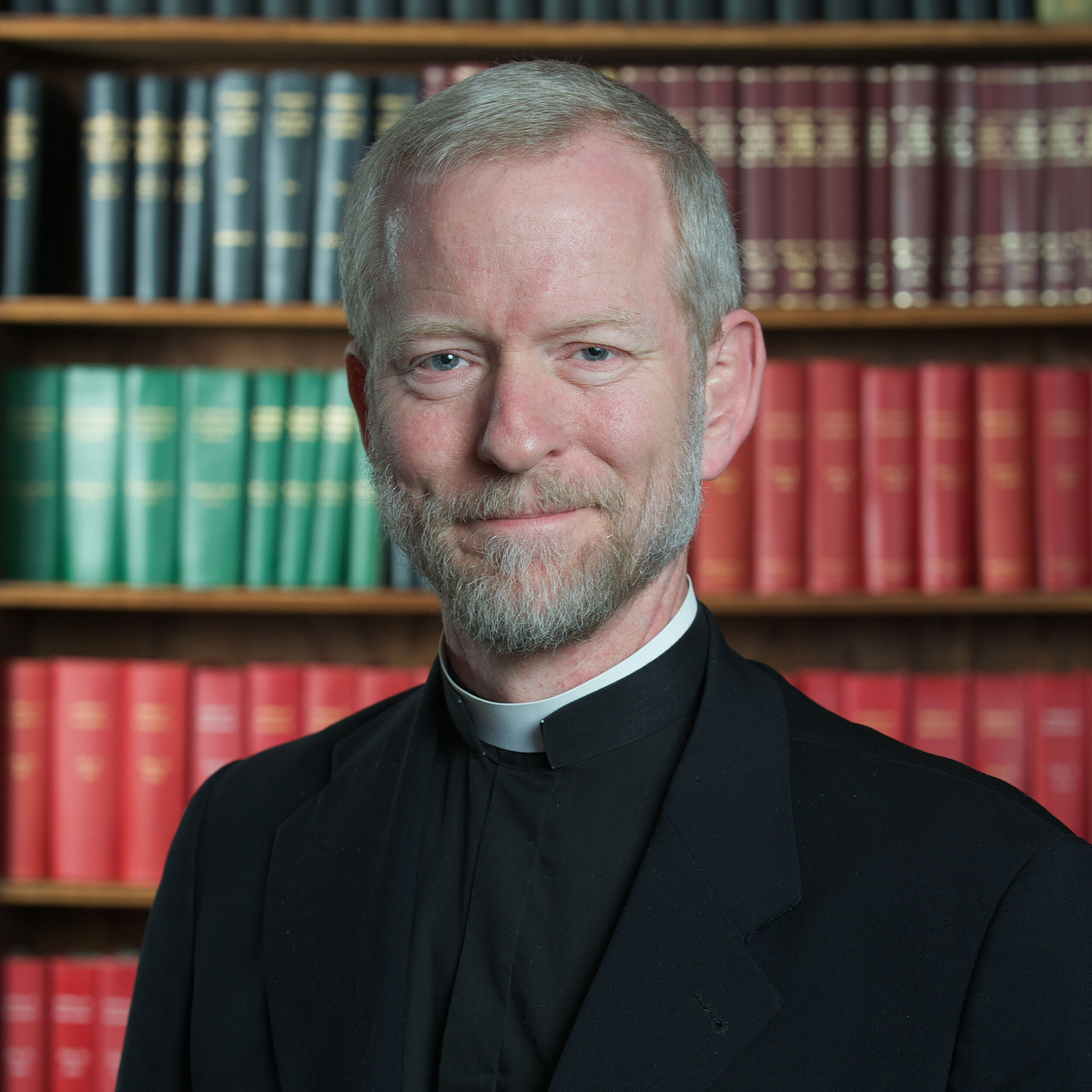Making Sense of Bioethics: Column 005: Brain Dead Means Dead
One time when I did a CNN interview segment dealing with the Terri Schiavo case, a reporter asked me a challenging question. He wondered why Catholics have to do everything possible to keep people alive who are basically brain dead. He took it for granted that Terri was an instance of this and seemed perplexed that she had to be fed at all. Wrapped up in his line of questioning was a double error. First, of course, Terri was not a brain-dead individual. She was a healthy person with a serious brain injury, i.e. a person with a disability. Second, whenever somebody is in fact brain dead, they are dead, and we do not have an obligation to “keep them going”. All machines can be turned off at any time after the declaration of brain death, because brain-dead individuals are, in fact, corpses, not patients. This is the harsh reality. One can choose to keep the life-support machines running a little while longer so as to sustain organs for transplantation, but such a decision is optional, not obligatory. Brain death is not well understood by the general public, but four points can help clarify some of the more common misconceptions.
First, brain death refers to the fact that both the higher and lower centers of the brain have died. The individual has undergone a traumatic event resulting in the complete and irreversible cessation of all brain functions. Those portions of the brain that allow a person to breathe on his own have also ceased to function. If somebody were to declare that a patient who was breathing on his own was brain dead, such a claim would necessarily be false. Brain-dead individuals are unable to breathe on their own and always require the support of a ventilator.
Second, brain-dead individuals cannot be kept going on machines forever. In fact, there is usually a period of only a few days that it may be possible to extend the functioning of their organs by keeping them on a ventilator. Whenever the brain dies, central regulatory mechanisms no longer function, so blood pressure, electrolyte levels, temperature regulation, and other systems will soon get all “out of whack”. Disintegration will inevitably set in. Heart contractions will typically cease in brain-dead individuals after a few days despite the presence of a ventilator. Stories of people continuing on a ventilator for months or years after being declared brain dead typically indicate a failure to apply the tests and criteria for determination of brain death with proper attentiveness and rigor. In other words, somebody is likely to have cut some corners in carrying out the testing and diagnosis.
A valid brain death diagnosis can be made only after a thorough battery of tests has been carried out on the individual. The clinical determination of brain death involves reflex tests, tests for responsiveness to pain, ocular movement tests, breathing tests (to assure they cannot breathe or gasp on their own), body temperature tests, and tests for the absence of drug intoxication or poisoning. The initial determination is reassessed after a suitable interval, and confirmatory tests can also be carried out, tests such as blood flow studies to the brain, or EEG tests to confirm the absence of any electrical activity in the brain.
Third, brain death is altogether different from a persistent vegetative state (PVS). A PVS often involves brain damage, but never death of the whole brain. Genuinely brain-dead individuals never “wake up.” Patients in a PVS occasionally do. The higher centers of the brain may be compromised in PVS patients, while the lower brain centers that control breathing and other basic physiological functions may be partially or completely functional. Patients in a persistent vegetative state are not dead, and they should never be considered candidates for unpaired organ donation, unless and until such time as they die a natural death.
Fourth, defining brain death as the irreversible cessation of all functions of the entire brain, including the brainstem, is compatible with a Christian understanding of the true nature of man. Pope John Paul II put it this way during his influential address to the 18th International Congress of the Transplantation Society in August of 2000: “Here it can be said that the criterion adopted in more recent times for ascertaining the fact of death, namely the complete and irreversiblecessation of all brain activity, if rigorously applied, does not seem to conflict with the essential elements of a sound anthropology.”
In conclusion, both healthcare professionals and the lay public can benefit from a clear understanding of the criteria for brain death and of the misconceptions associated with this end-of-life situation. Armed with this knowledge, they can more effectively participate in final decision making on behalf of brain-dead individuals and their families.
Copyright © 2020, The National Catholic Bioethics Center, Philadelphia, PA. All rights reserved.

